Grape Variety
Delaware
"DEH-luh-wair"
Wine Styles
 Sparkling
Sparkling Light White
Light White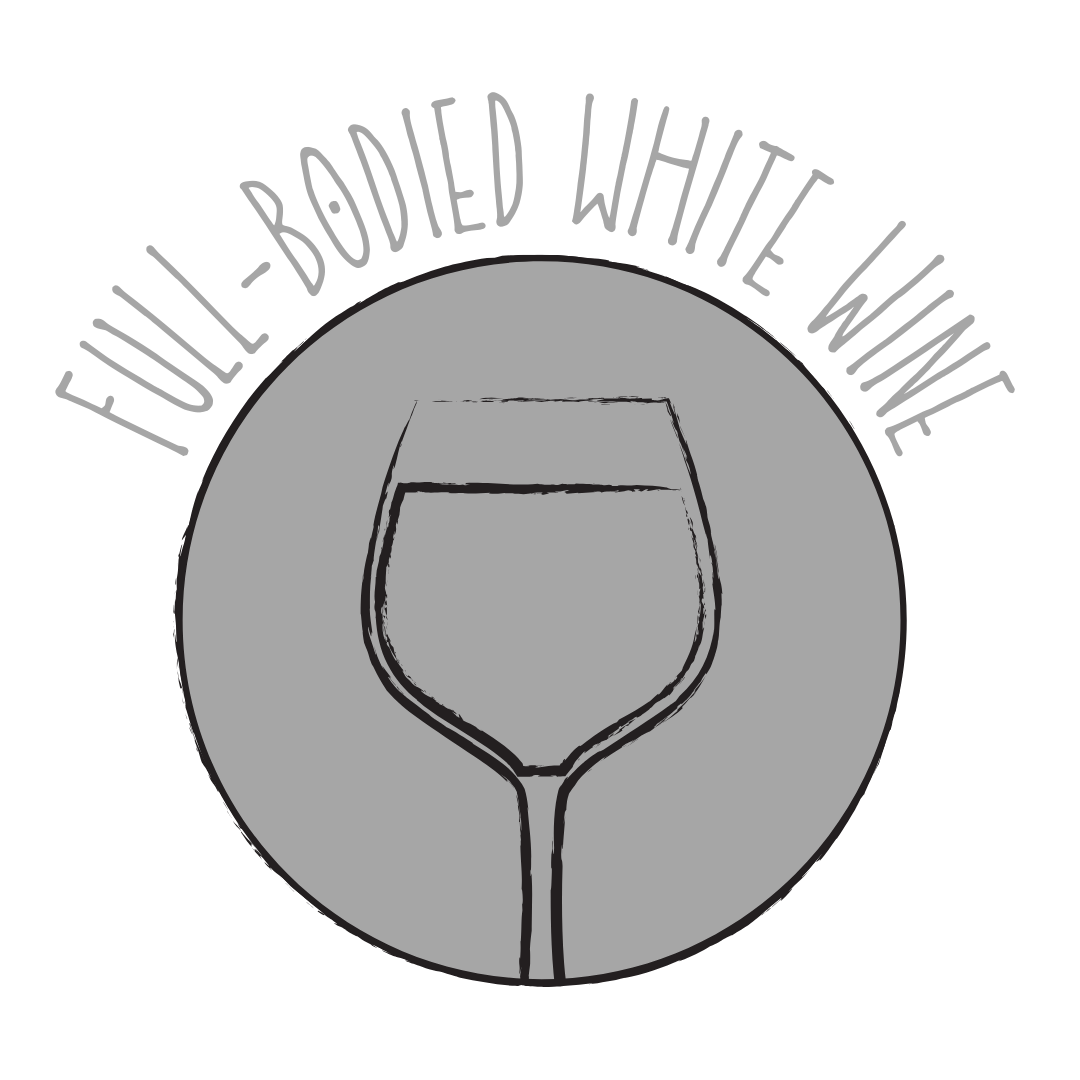 Full White
Full White Aromatic
Aromatic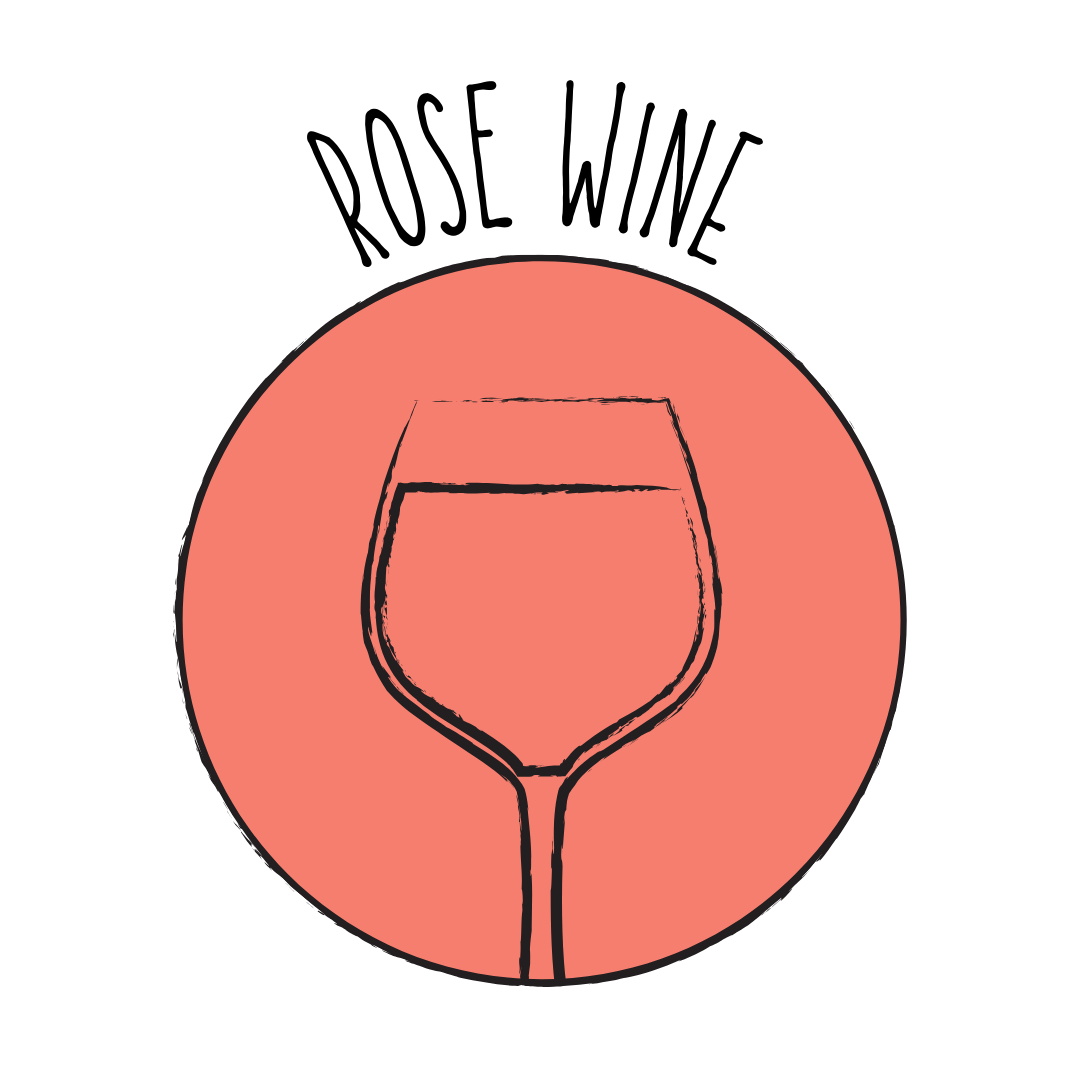 Rosé
Rosé Light Red
Light Red Medium Red
Medium Red Full Red
Full Red Dessert
DessertAbout Delaware
Origin
United States
History
The Delaware grape was likely discovered in Frenchtown, New Jersey, and brought to public attention by Abram Thomson of Delaware, Ohio, in the 1850s. Although its exact parentage is unknown, DNA analysis suggests it is a cross of (Vitis aestivalis x Vitis labrusca) with Vitis vinifera. This heritage may explain its susceptibility to fungal diseases and the need for grafting onto phylloxera-resistant rootstock for optimal growth.
Appearance
Small berries with pale red to pinkish skin, forming compact clusters.
Growing Traits
Delaware is an early-ripening variety, typically harvested in mid-September in regions like New York. It is a slip-skin grape, meaning the skin separates easily from the flesh. The vines are susceptible to fungal diseases and require well-drained soils for satisfactory growth.
Wine Characteristics
Body
2/5
Sweetness
2/5
Tannin
0/5
Acidity
4/5
Alcohol
2/5
Light to medium-bodied with a delicate and fruity profile, often exhibiting a slight 'foxy' character typical of Vitis labrusca varieties. Versatile in vinification, Delaware wines can range from dry to sweet, including notable sparkling and ice wines. As a white or rosé wine, Delaware exhibits negligible tannins, contributing to its smooth and approachable nature. Moderate to high acidity, providing a refreshing quality and enhancing its food-pairing versatility. Moderate alcohol content, typically ranging between 10% and 12%, ensuring balance and drinkability.
Taste Profile
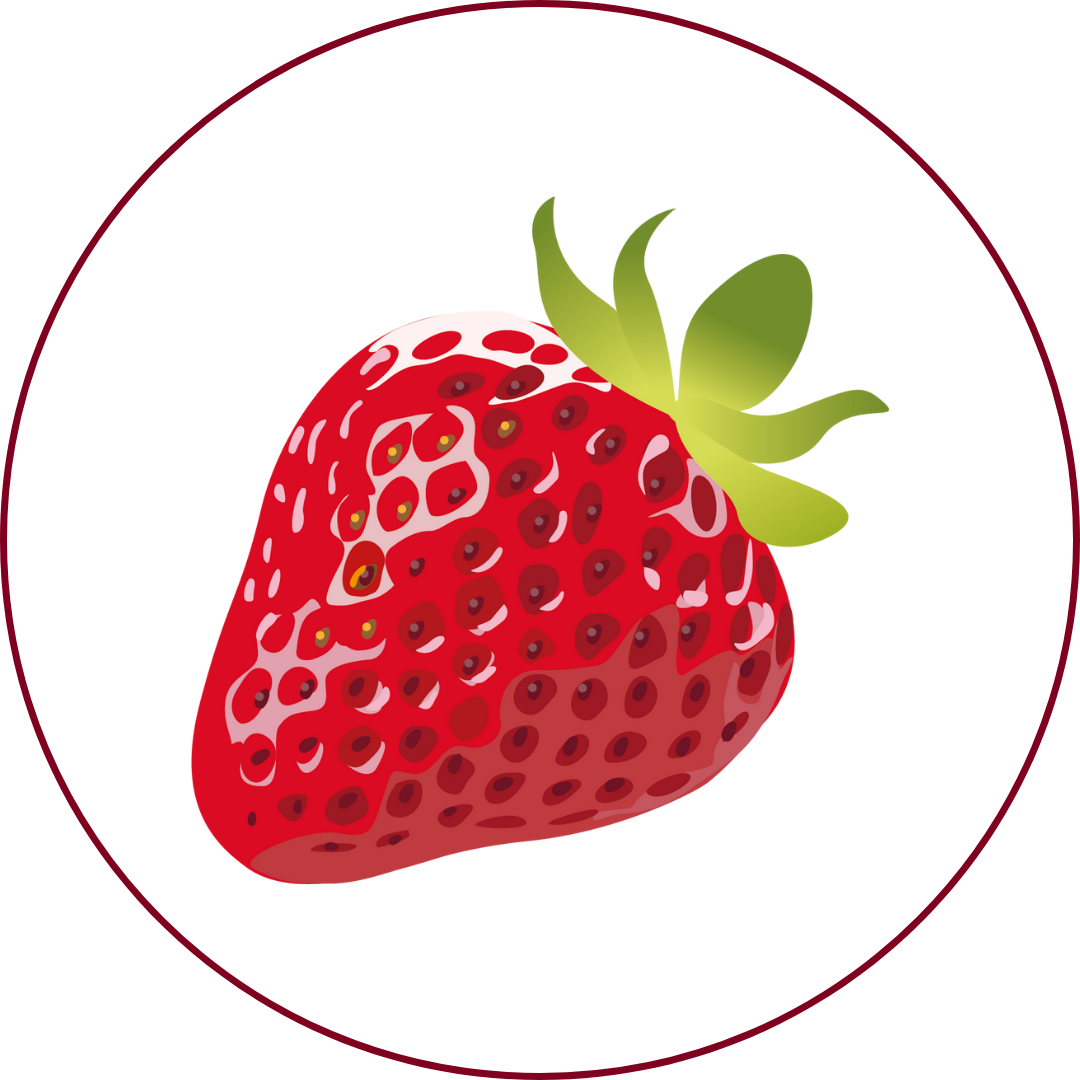
Strawberry
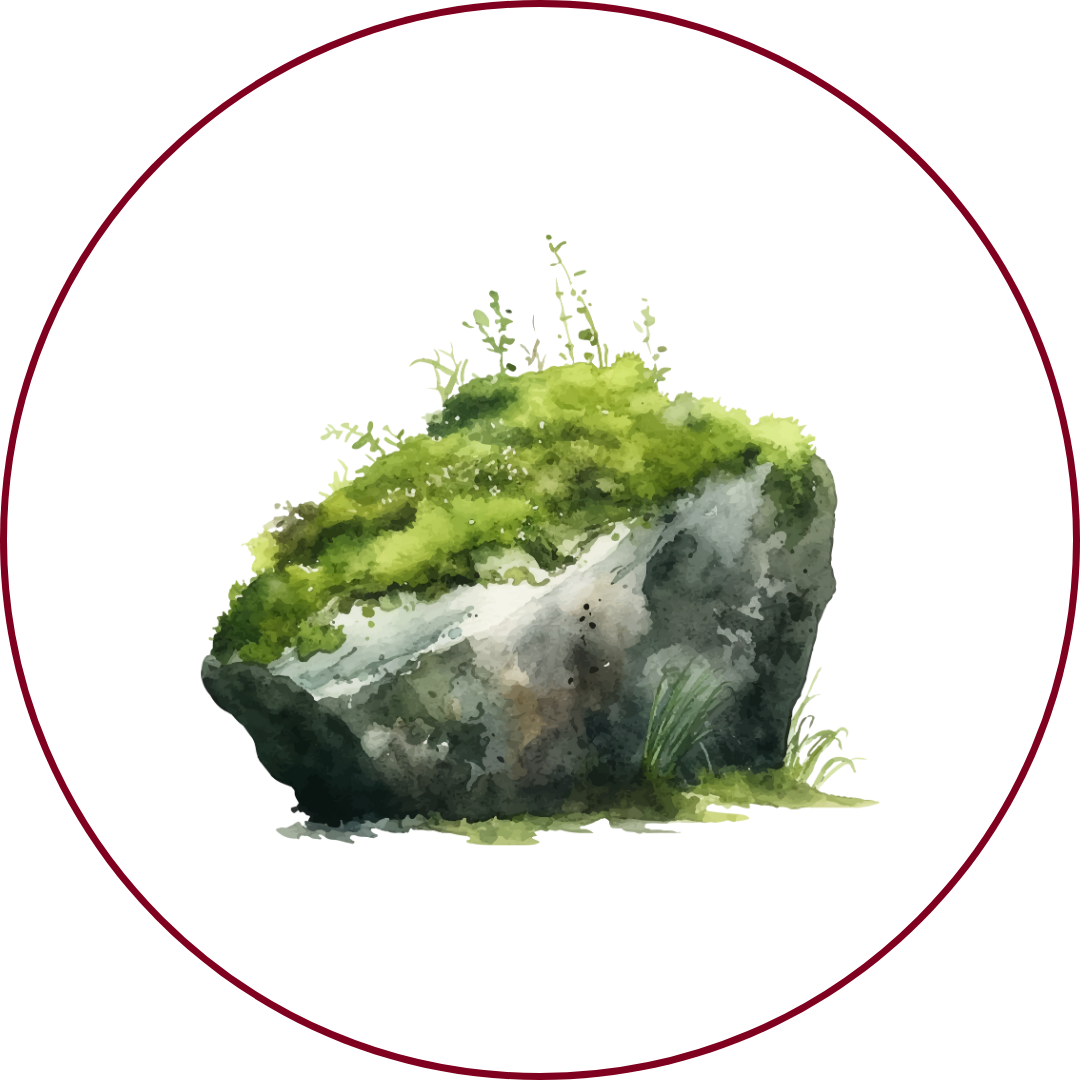
Musk
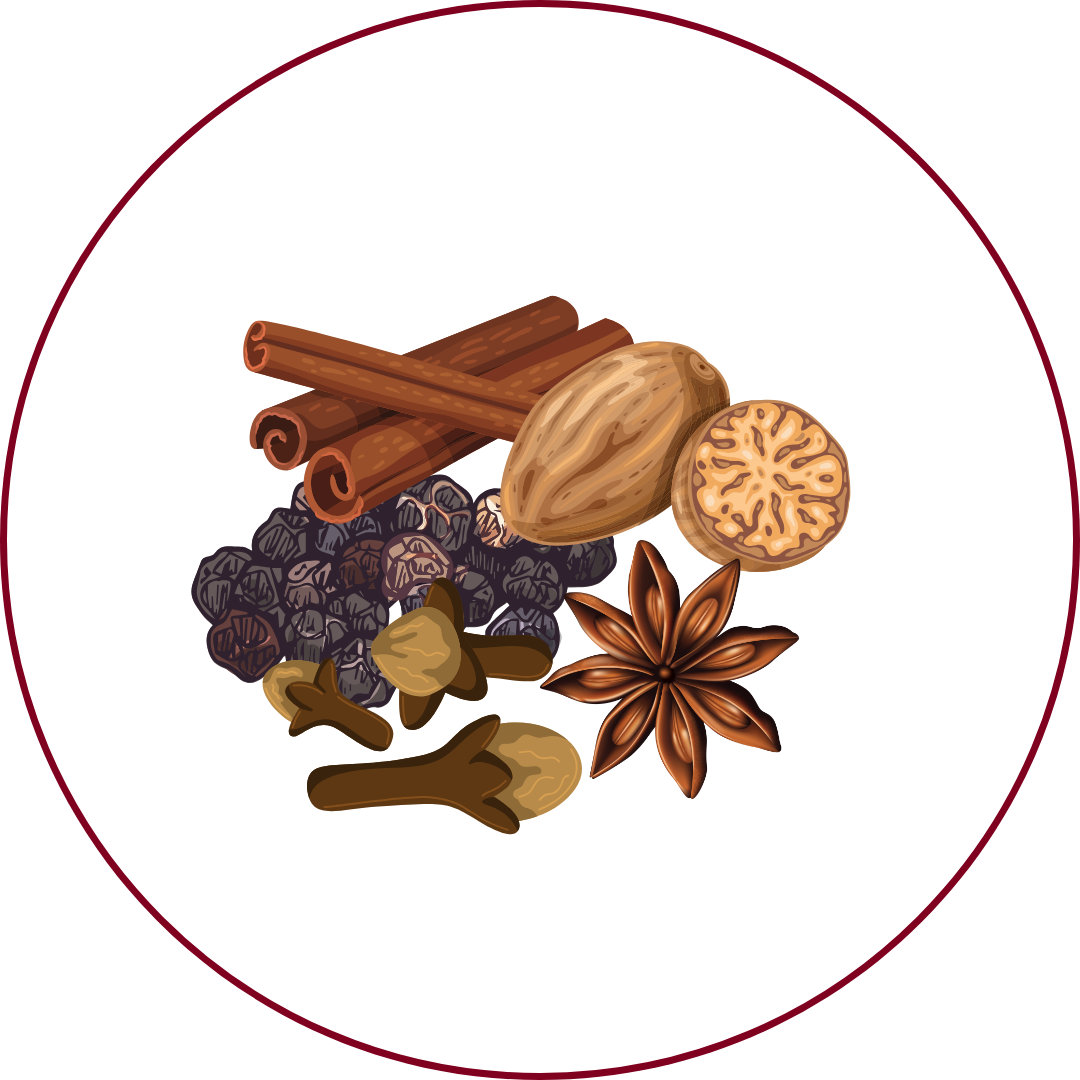
Spice

Honey

Floral
Delaware wines are characterized by delicate strawberry and floral aromas, with a hint of musky 'foxy' notes typical of Vitis labrusca varieties. The palate often reveals subtle spice and honey undertones, balanced by moderate to high acidity, leading to a crisp and refreshing finish.
Food Pairing
Delaware's fruity and slightly 'foxy' character pairs well with a variety of dishes. It complements seafood, light salads, and soft cheeses. Sweeter styles are excellent with desserts like fruit tarts and cheesecakes.
Growing Regions

United States
New YorkOhioPennsylvaniaMichiganMissouri
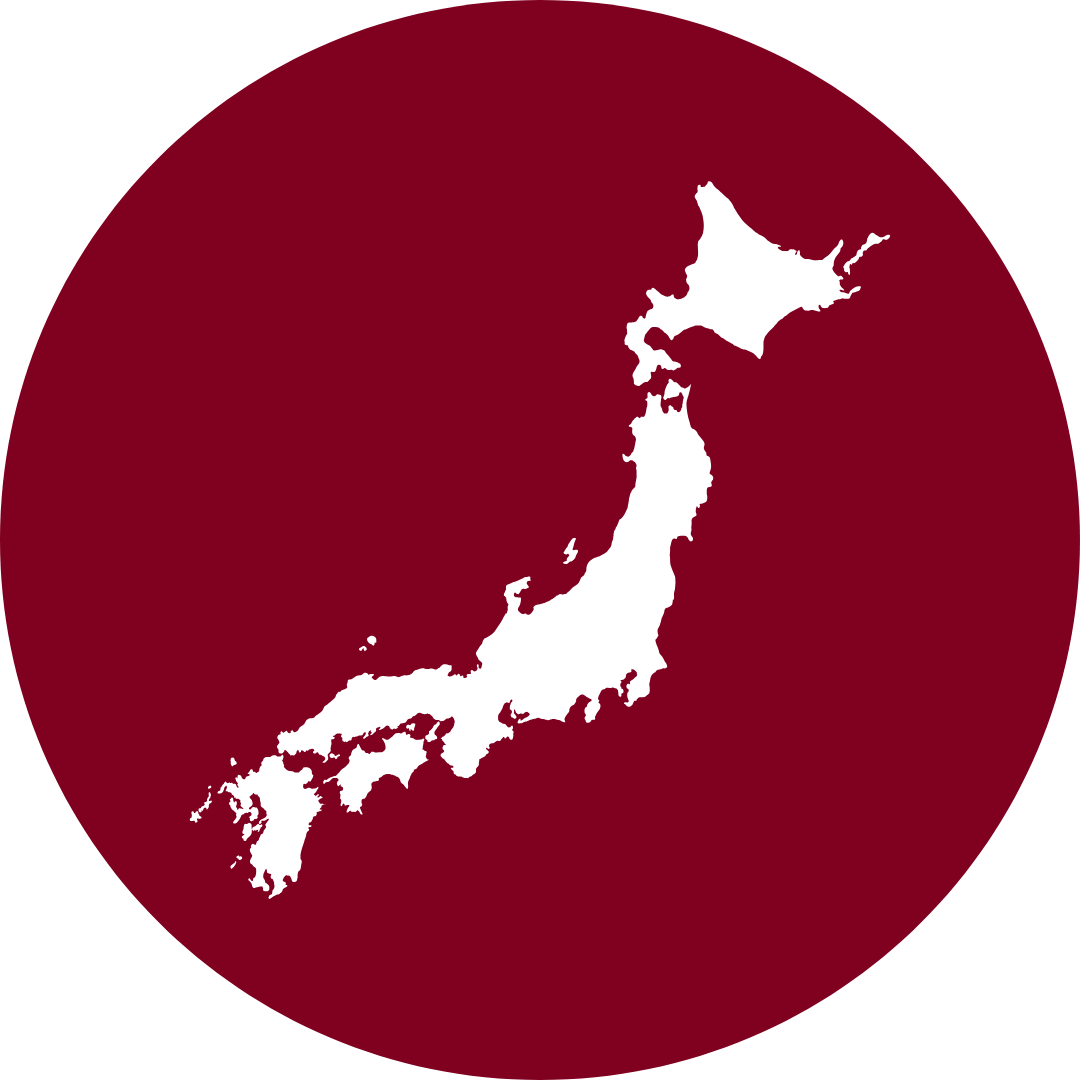
Japan
YamanashiNagano
Notable Wines & Producers
Delaware Sparkling Wine
Fulkerson Winery
Delaware Ice Wine
Château Grand Traverse
Delaware White Wine
Nassau Valley Vineyards
Delaware FAQ
Common questions about this grape variety
What is the origin of Delaware?
+
United States
Is Delaware wine full bodied?
+
Delaware has a body level of 2 out of 5. Which means that Delaware is Moderate to Light bodied.
Is Delaware wine dry or sweet?
+
Delaware has a dryness level of 2 out of 5. Which means that Delaware is Semi-Dry.
Where is Delaware wine from?
+
United States
Where is Delaware grown?
+
Delaware is grown in United States (New York, Ohio, Pennsylvania, Michigan, Missouri)Japan (Yamanashi, Nagano).
What is Delaware like?
+
Delaware wines are characterized by delicate strawberry and floral aromas, with a hint of musky 'foxy' notes typical of Vitis labrusca varieties. The palate often reveals subtle spice and honey undertones, balanced by moderate to high acidity, leading to a crisp and refreshing finish.
What does Delaware pair with?
+
Delaware's fruity and slightly 'foxy' character pairs well with a variety of dishes. It complements seafood, light salads, and soft cheeses. Sweeter styles are excellent with desserts like fruit tarts and cheesecakes.
What does Delaware taste like?
+
Delaware wines are characterized by delicate strawberry and floral aromas, with a hint of musky 'foxy' notes typical of Vitis labrusca varieties. The palate often reveals subtle spice and honey undertones, balanced by moderate to high acidity, leading to a crisp and refreshing finish.
Take Delaware Knowledge with You
Access detailed grape profiles, tasting notes, and pairing suggestions on your iPhone.
Download on theApp Store